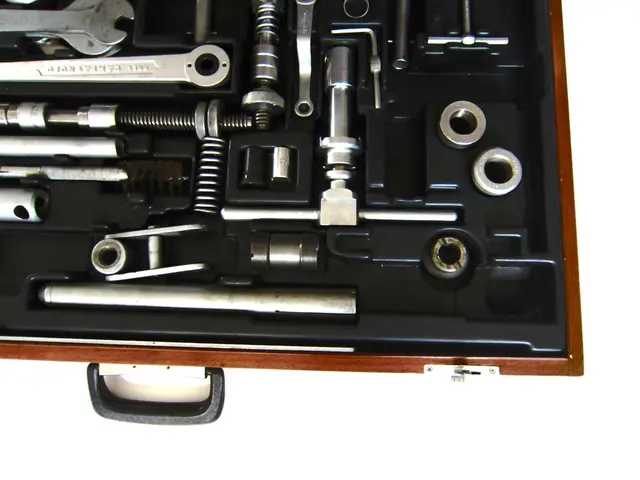Impacts Shaping Mid-Sized Manufacturing Industry
In a recent nationwide survey among industry leaders, the Manufacturing Trends Report offers valuable insights into how mid-market manufacturers are addressing labor shortages, supply chain disruptions, AI adoption, and system modernization.
Labor Shortages and Workforce Challenges
Mid-market manufacturers face persistent labor shortages and hiring difficulties. The urgency stems more from necessity than growth ambitions, with wage growth having normalized somewhat but labor supply remaining a critical concern. Hiring is often reactive, aimed at maintaining existing output rather than expanding, reflecting cautious industry sentiment amid economic uncertainty.
Supply Chain Disruptions and Cost Pressures
Supply chain issues continue to impact mid-market manufacturers, with elevated material costs and tariffs cited as ongoing headwinds. Despite some inflation and cost pressures easing compared to previous years, uncertainty about global supply chains and possible new tariffs keeps raw materials and input costs volatile.
AI Adoption as a Strategic Priority
A significant shift toward AI is apparent among mid-market manufacturers, with approximately 34% of business leaders prioritizing AI investments over the next five years. AI applications focus on improving forecasting, data analysis, automation, and customer engagement, helping firms enhance operational efficiency and decision-making agility.
System Modernization and Digital Transformation
Modernization efforts are ongoing but vary in pace. While some mid-market firms adopt AI-driven tools and upgrade ERP systems, overall capital investment decisions remain cautious due to economic uncertainties. The need to modernize manufacturing systems to improve operational resilience and supply chain visibility is recognized, but many companies weigh this against current financial pressures and market instability.
Economic Sentiment and Outlook
Mid-market manufacturers entered 2025 with cautious optimism, reporting more revenue and profitability growth compared to smaller businesses. However, sentiment dipped sharply in the second quarter due to macroeconomic concerns including tariffs, inflation, and recession risks. Despite these challenges, a majority expect economic conditions to improve within the year, indicating resilience and readiness to capitalize on growth opportunities.
In summary, mid-market manufacturers are actively responding to supply chain and labor challenges with targeted investments in AI and system modernization, while balancing cautious investment amid economic uncertainty. AI adoption stands out as a key enabler for improving operational efficiency, addressing labor constraints, and preparing for future competitiveness, even as supply chain and workforce issues persist. The report can help businesses improve their operations, strengthen their technology stacks, and plan for growth by providing insights on where manufacturers are investing, what's hindering them, and their strategies for long-term resilience. It can also be used to benchmark a strategy and identify future trends.
Read also:
- Varieties of Grains: A Look at the Differences Between Corn and Maize
- Kia streamlines Picanto offerings, boosts Xceed's power output, and eliminates Ceed model from lineup
- Two people perished and multiple others were hurt in an explosion at a US Steel facility located in Pennsylvania.
- The Significance of Regular Upkeep in Manufacturing Sectors!








